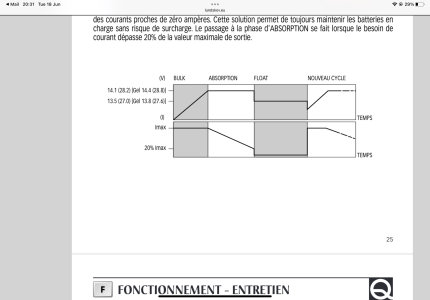Ian_Rob
Well-known member
In the three weeks since I was last aboard, my engine battery has died. The engine wouldn’t start and when I checked the voltage it read 3.2v. It is/was a Lead Acid, 70Ah ‘Dynamic Silver’ (24F) and just over over 5 years old. Its predecessor lasted 11 years. Any recommendations for a replacement?


